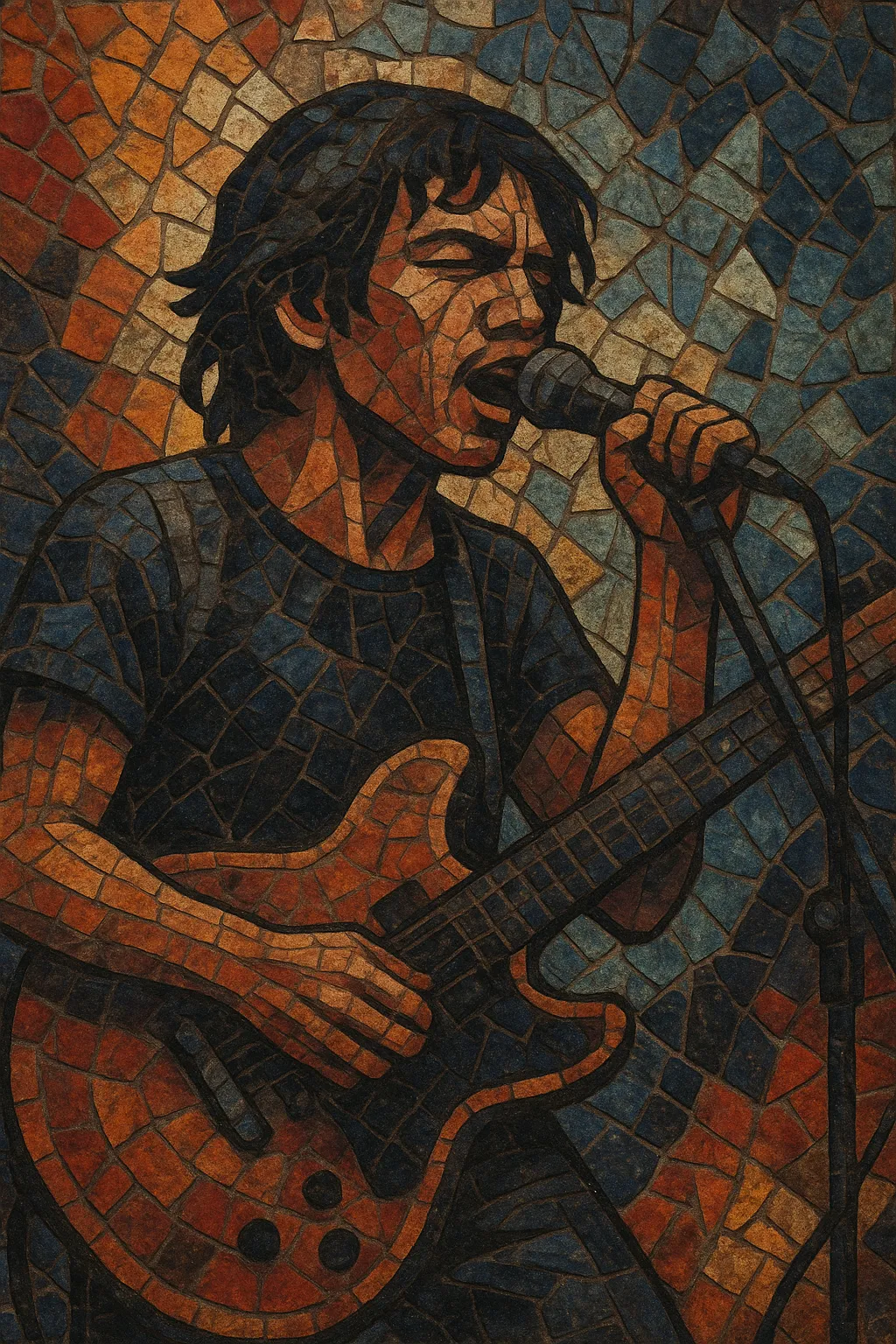
Pinoy rock is the Filipino take on rock music, distinguished by its use of Tagalog and other Philippine languages, melodic songcraft, and a strong sense of place and social commentary.
Rooted in classic rock and roll, blues rock, and psychedelic rock of the 1960s–70s, it crystallized in the early 1970s when artists began writing original rock songs in Tagalog. Over time it absorbed punk, new wave, alternative rock, and metal, creating a broad spectrum that runs from anthemic, guitar-driven classics to edgy, socially charged punk and radio-friendly pop-rock.
Beyond sound, Pinoy rock is a cultural movement: it chronicles everyday life, humor, love, and political realities in the Philippines, often with catchy hooks, sing-along choruses, and conversational, Taglish (Tagalog-English) lyrics.
The seed of Pinoy rock took root when Filipino musicians began writing original rock songs in Tagalog, marking a break from earlier covers of Western hits. Juan Dela Cruz Band’s 1973 anthem "Himig Natin" is widely cited as the movement’s spark, codifying a bluesy, psychedelic, hard-rocking sound with local language and identity. Under Martial Law, rock also became a vehicle for subtle dissent and social commentary.
The 1980s saw a vibrant club and campus scene, with post-punk and new wave aesthetics influencing bands like The Dawn and The Jerks. Independent production and college radio fostered a DIY culture, while rock continued to intersect with OPM (Original Pilipino Music) as a broad industry umbrella.
The 1990s brought a mainstream breakthrough. Bands like Eraserheads, Rivermaya, Parokya ni Edgar, Yano, Wolfgang, and Teeth defined a golden era that blended alternative rock, pop sensibility, and, at times, heavier sounds. Clever wordplay, Taglish lyrics, and hooky choruses propelled Pinoy rock to national ubiquity and regional recognition.
Pinoy rock diversified across sub-scenes—indie, folk-rock revival, metal, and pop-punk—while acts like Bamboo and Sandwich modernized production and arrangement. Festivals, campus circuits, and online platforms helped new generations emerge, including Visayan-language offshoots (e.g., BisRock) and thriving indie communities.
Contemporary Pinoy rock spans stadium-ready anthems to introspective indie and heavier hybrids. While trends evolve, its core remains: Filipino language and storytelling carried by guitars, strong melodies, and a community-driven, live-performance ethos.

